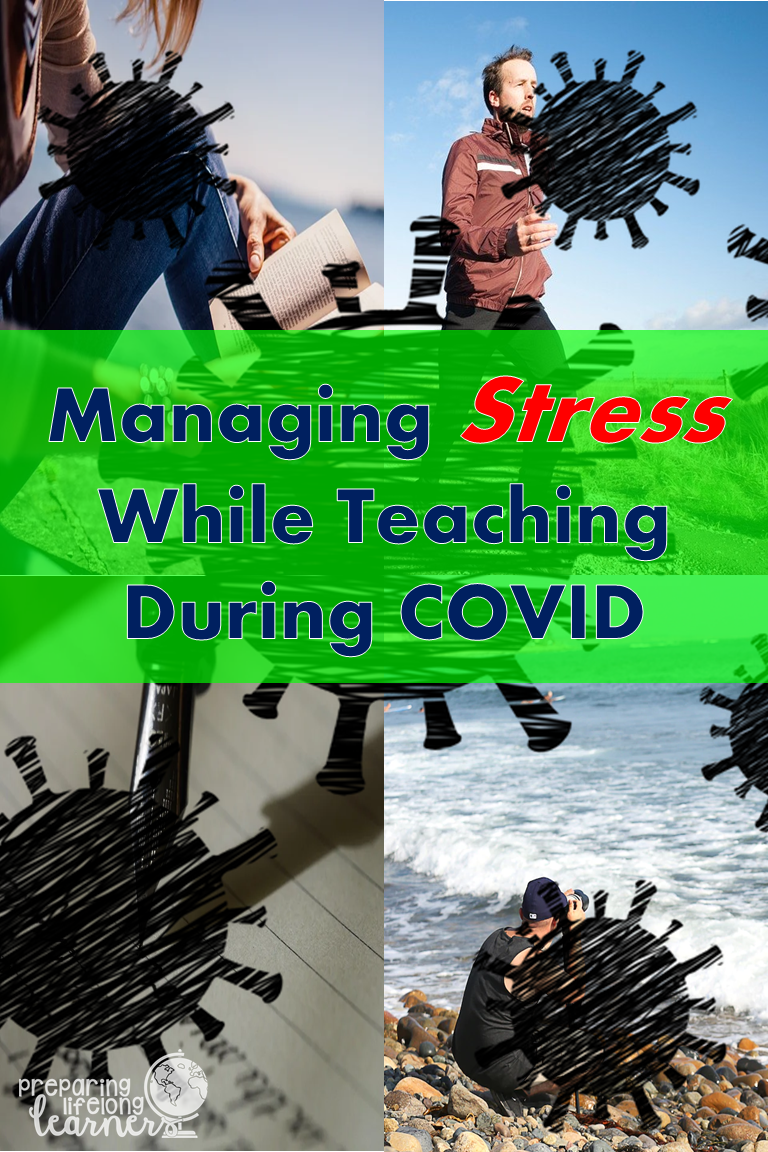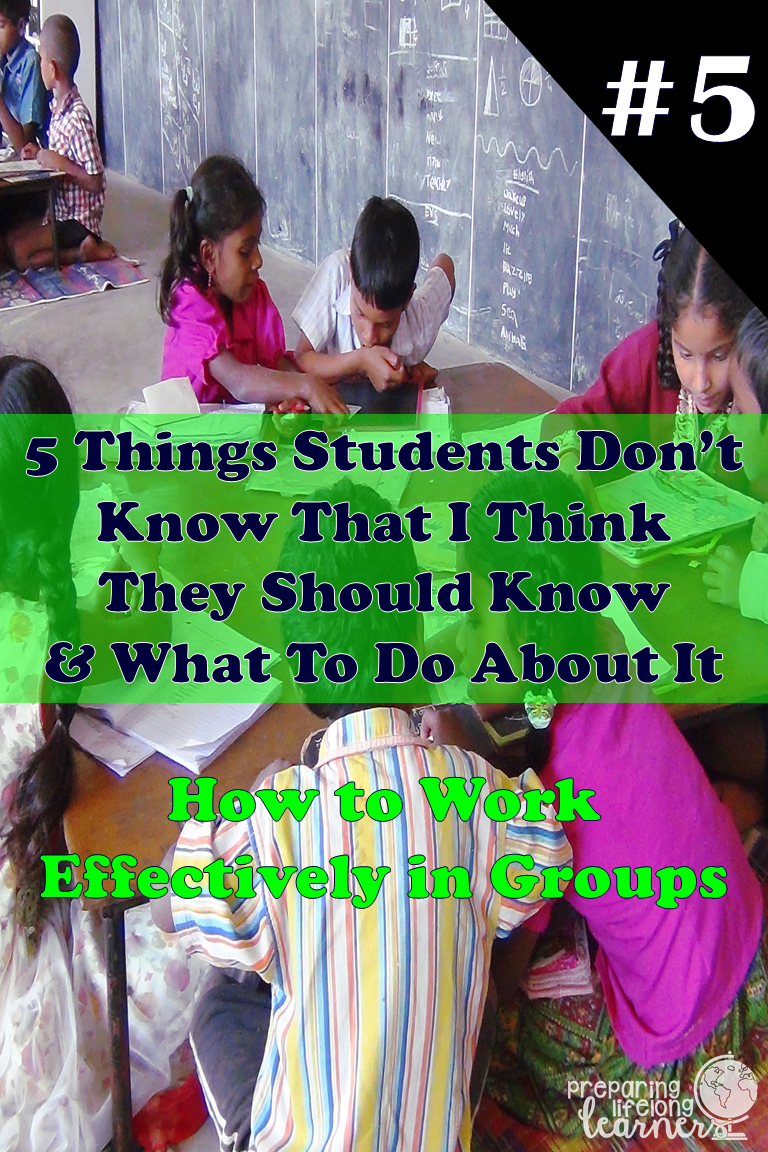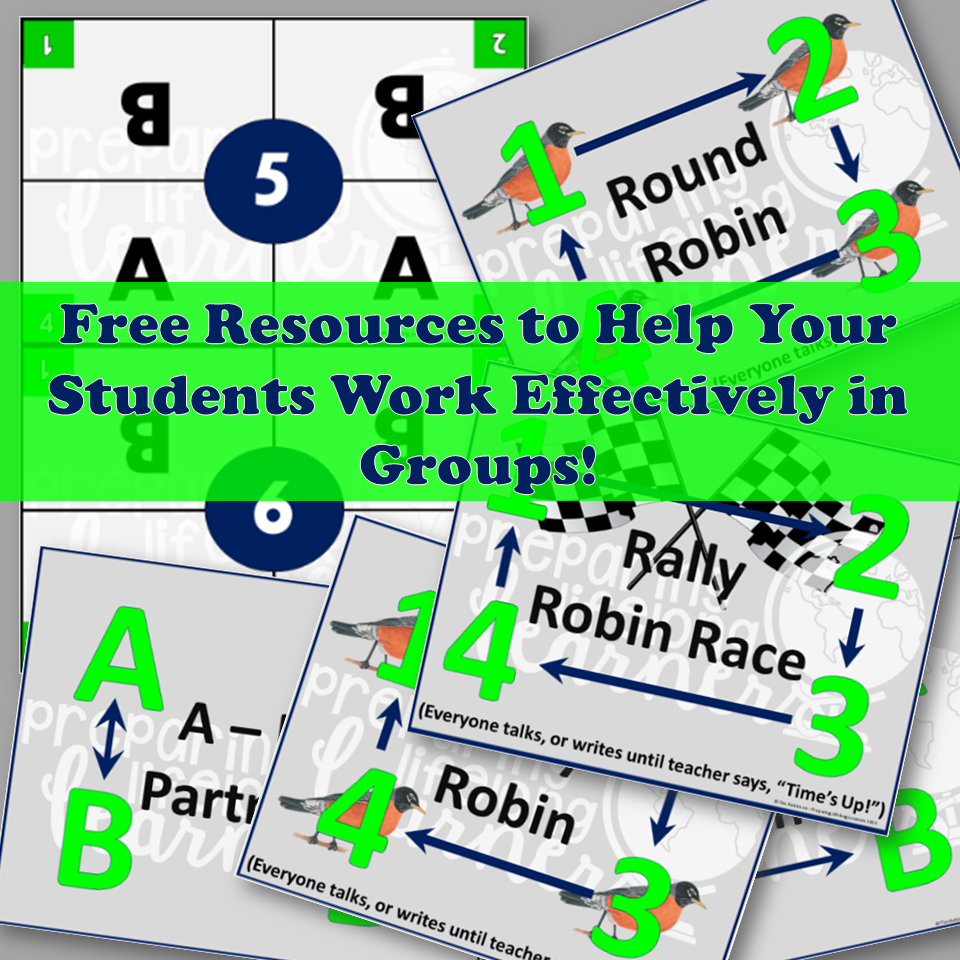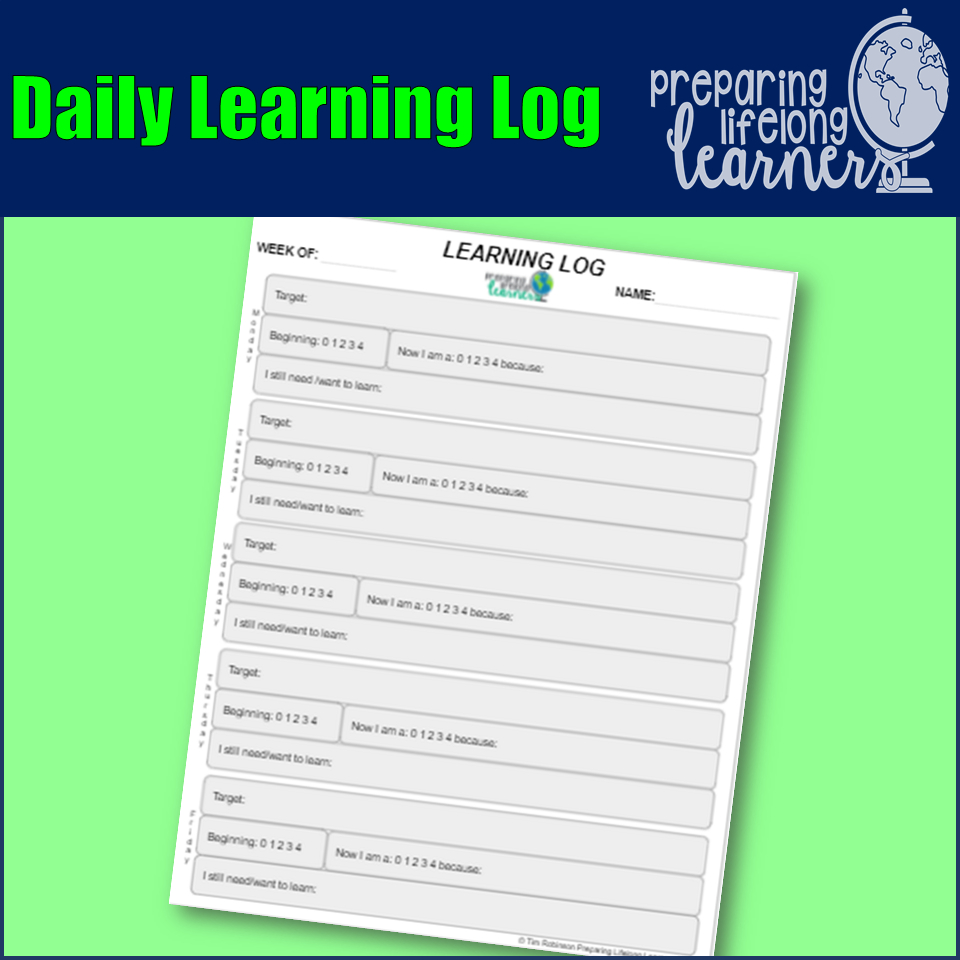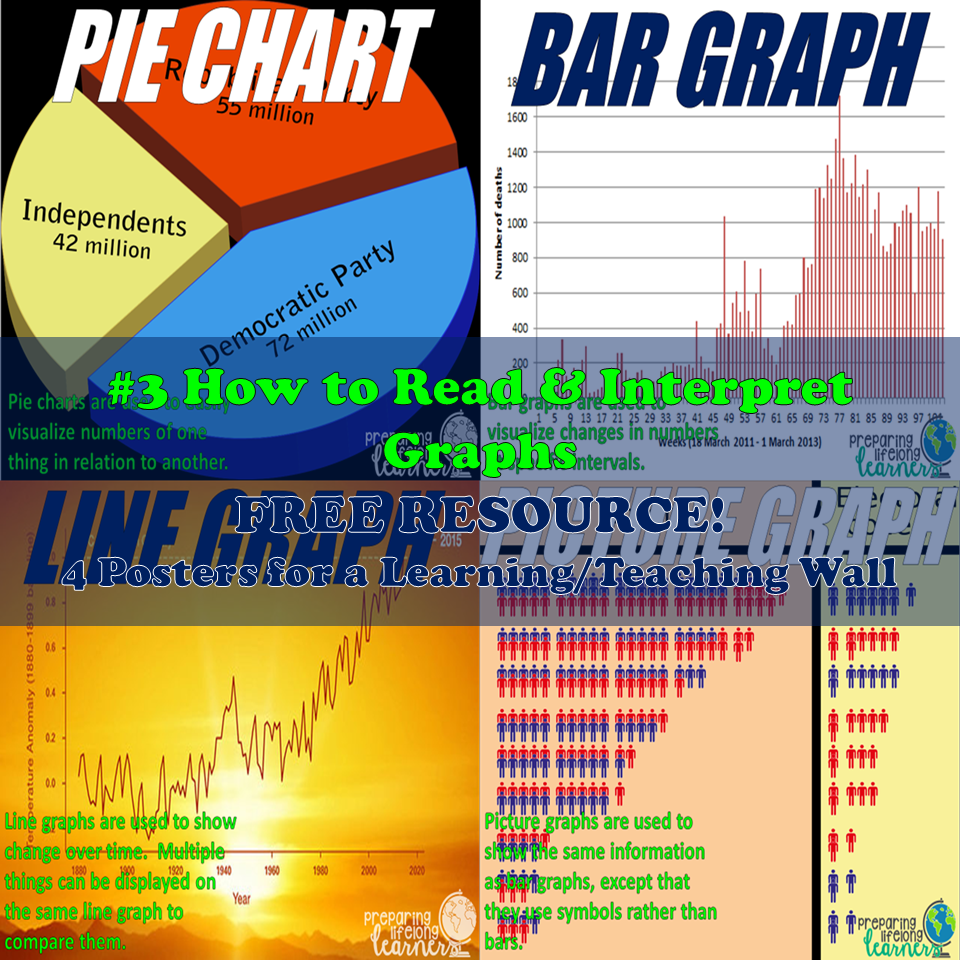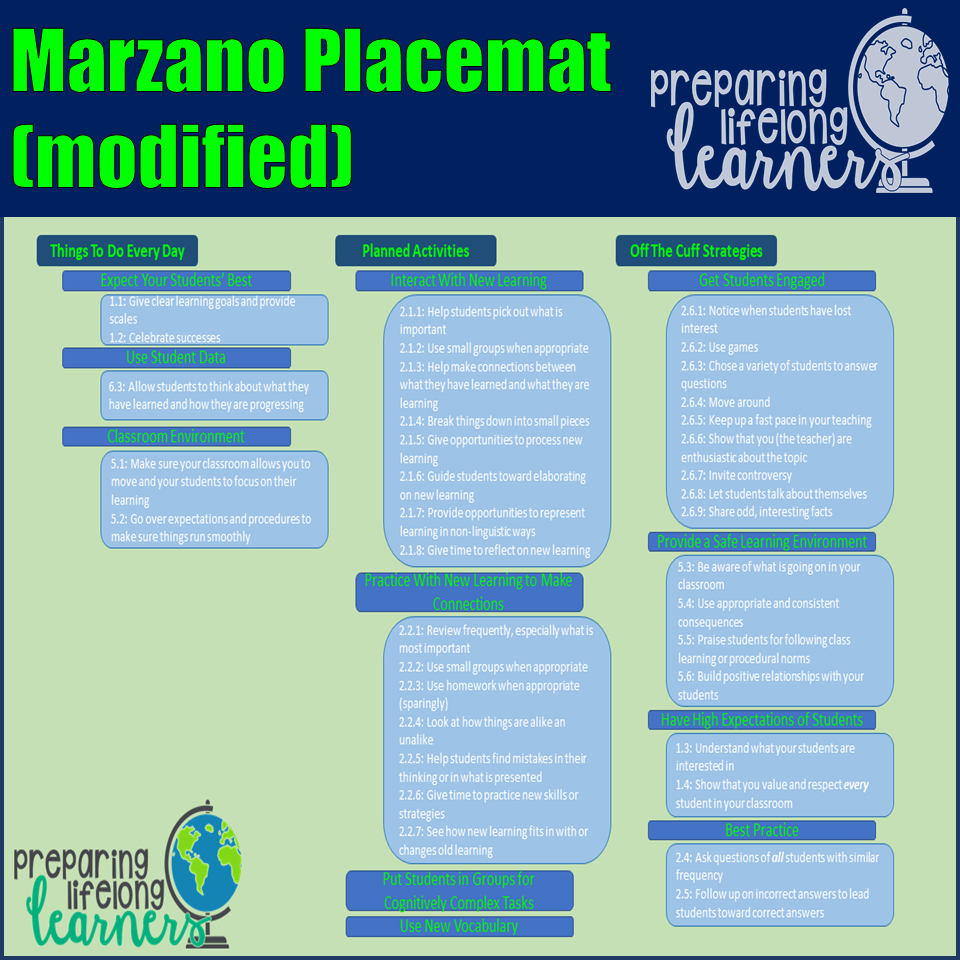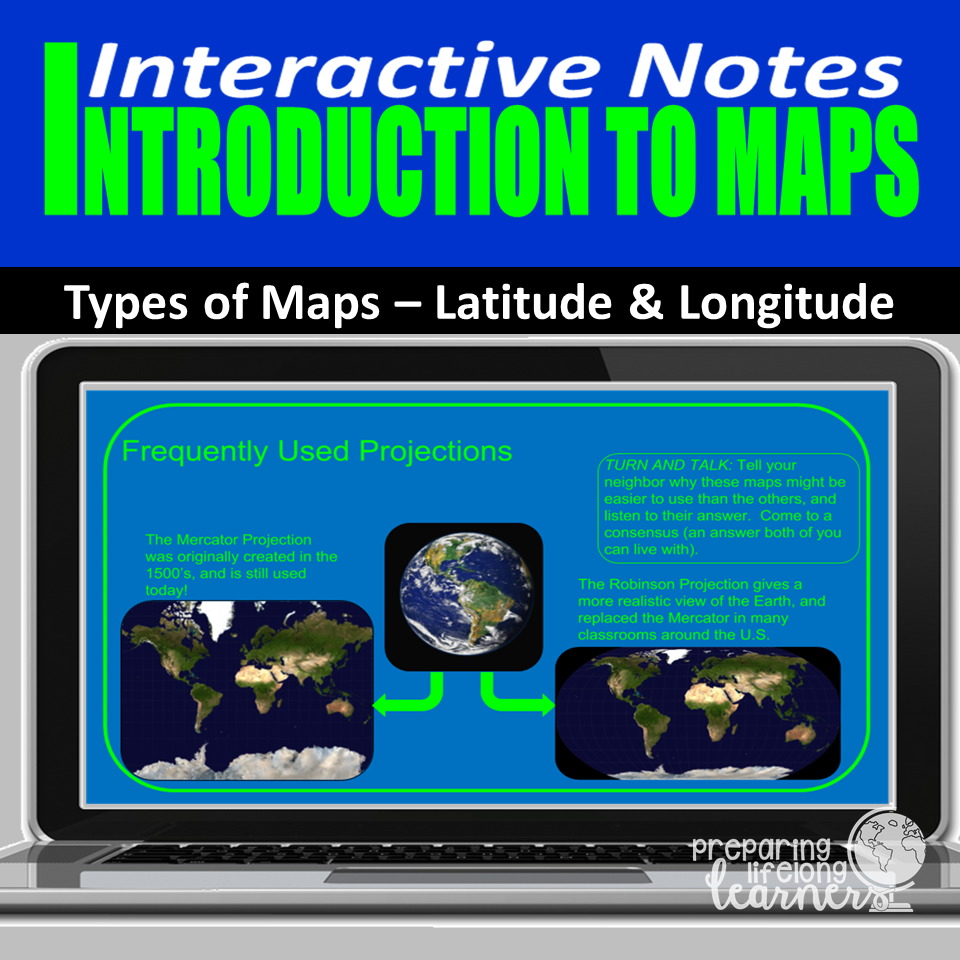|
I wanted to do a rah-rah back to school post this year, but I couldn't. I can show you a pile of discarded attempts. This just isn't the year for it, at least not here in America. This is a year to be reflective and take care of each other and ourselves. This came into sharp focus for me the other day during our back to school professional development day. As a PLC leader, I had a provided agenda to get through about pacing, pedagogy and assessments, but, after our ice breaker about how the summer went, it became obvious that curriculum was the last thing on anyone's mind. Everyone was very stressed and more than a little scared. So, we put the agenda aside and talked about what we can do to manage our stress better in this trying time. These are some of the things we came up with. I hope they help...
One last thought, please stay healthy and safe and know that we can and will get through this stronger than we went in.
0 Comments
I don't remember working in groups much in middle school. In fact, the only two times I can clearly remember were a partner project about Syria in 6th grade, and a partner checking a math assignment in 8th grade. Teaching pedagogy was different back then, I guess. My teachers were all older and out of college before the big cooperative learning push. As a result, most of my middle schooling consisted of sitting quietly in a row and being taught at for seven periods a day. We now know that this isn't the best approach. Kids learn by interacting - both with the content and with each other. You can't have social studies without being social. I remember being terrified of the idea as a new teacher - what if they start talking, and never stop? Then, I learned the secret to effective classroom management - keeping students engaged in and excited about the content! And, the best way to do that is to allow them to interact with the content in cooperative groups. The best, longest lasting learning comes from them explaining things to each other in their own words - helping each other make connections between the content and things they're interested in that I have no real understanding of (for instance, did you know Instachat and Snapbook aren't real things?). The missing step is training and practice. I have several "go to" interactive strategies I use on an almost daily basis - Round Robin, Rally Robin and Rally Robin Race. These three (and their written variations) are great at getting students talking, saying time and staying on task quickly. Click the link below for a free set of cooperative learning posters (pictured above) and the table mats that make them work. Something I use when installing these strategies is my Back to School Teambuilding Activities. We use the games and activities to practice how to work in groups. It is always helpful to install a new strategy doing something fun rather than something content-related, and these work well for me. Finally, don't forget to visit my store for more great Social Studies resources most of which encourage students to interact with each other in productive ways.
5 Things We Think Middle School Students Know That They Don't #4: How to Read and Interpret Graphs8/16/2020 A few years ago I attended a PD session called "Integrating Graphing into your Instruction". An old teaching friend was the presenter, so I gave it a shot. I was very pleasantly surprised by how much I got out of it. Graph reading and interpretation are skills that show up frequently in standardized social studies tests that do not explicitly exist in most social studies standards. We expect our students to use them, but we don't (or at least I didn't) really think about ways of explicitly teaching those skills. So, how can we integrate frequent graph skills practice into our instruction given that World History has to cover 40,000+ years of content and American History nearly 500? I integrate graph practice in two main ways. First, my warm up activities at the beginning of class always involve a short (less than 2 min) vocabulary activity and a slightly longer second activity either related to map reading or graphing. For my graphing warm ups, I'll project a graph and we will briefly discuss its features. I ask questions like, "What type of graph is this?", "What do the colors mean?", "What units are used?" with the follow up of, "How do you know?" or "How did you find out?" Then, I'll ask several questions that require them to actually read the graph (and, again, I ask them to explain how they got their answers). I really enjoy doing this because I can select all kinds of different graphs that don't necessarily need to be on topic (like a favorite super hero pie chart) that sort of trick my students into exploring and reading types of graphs. The second way in integrate graph practice into my instruction is with specific graphing activities. I have a growing number of these resources available in my store. If you're interested, CLICK HERE to check them out.
I'm also giving you a FREE set of graphing posters (pictured above) that you will get as a Google Slide presentation you can print out that are a perfect addition to an informational/teaching wall either in your classroom or in the hallway. CLICK HERE for the set of 4 posters, and don't forget to follow my TpT store for more great Social Studies resources! I love note taking days in class - I get to tell stories, make jokes, and get kids engaged and laughing while - "Wait. Mr. Robinson, can you back up? I'm not done copying yet." Right before the punch line. Every time. Or, "What do we copy?" or "Do we have to write all that?" etc, etc, etc. Mrs. Dickenson taught my class how to take notes in 6th grade ELA. Her method was tedious, but, after lots (and lots...) of practice, it was neat and effective. Neat rows of capital letters, Roman numerals, lower case letters and lower case Roman numerals (who knew that was a thing?). Each represented topics, sub-topics and sub-sub-topics. By the time I got to college, my note taking had evolved into a system of dashes and dots. Then, as a teacher, I expected my students to be able to do the same. They couldn't. Either they were listening to me and not writing, or writing and not listening to my lecture.
So, I adapted. I developed my concept of Interactive Notes. The purpose is to present a lot of information with lots of student-to-student discussion, then once they have thoroughly engaged with the content, write down the critical content on a pre-printed student note taking sheet. The result is that all students can listen, interact and write instead of some write and some interact and some write. With my interactive notes, students can do all three, and wind up with neat, easy to read and study notes with only critical content recorded! I have created several sets of interactive notes so far, and plan on making more (including a set of self-guided interactive notes using Google Slides that are perfect for distance learning) that are available at my TpT store. The first link below the following picture is for a free sample called "Introduction to Maps". If you like it, please check out my other ones by clicking the second link for my other interactive notes. If you like them, remember to follow my store and this blog for more great Social Studies resources! |
MEET TIMI'm an 18 year veteran teacher that loves teaching, coaching, writing, and my family.
Archives
May 2022
|

